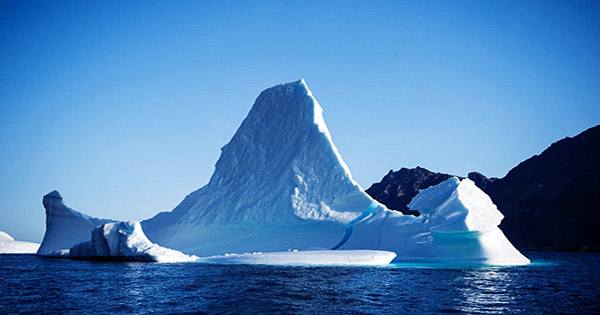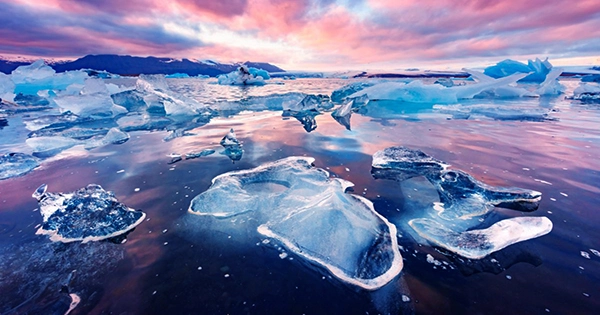For the first time, an enormous groundwater reservoir beneath the Antarctic Ice Sheet has been mapped. The reservoir, which is estimated to extend for over a kilometer downhill, might have a big impact on how the Antarctic Ice Sheet responds to climate change and influences sea level. The finding provides the first proof of the reservoir, which scientists had thought existed beneath the ice shelf but had been unable to confirm until now. The research was published in the journal Science.
This is the first geophysical investigation of its sort to employ magnetotelluric (MT) imaging to locate and map subglacial groundwater beneath an ice stream. These ice streams, also known as subglacial hydrologic systems, are underground plumbing networks. In a statement, Chloe Gustafson, a postdoctoral researcher at UC San Diego’s Scripps Institution of Oceanography, stated, “Ice streams are crucial because they funnel nearly 90% of Antarctica’s ice from the interior out to the borders.”

They efficiently lubricate the interface between the ice shelf and the bedrock, influencing ice movement and sediment deformation under glaciers. These are two major factors that influence how frozen landscapes contribute to increasing sea levels. Until now, it was assumed that these ice streams were shallow systems, but the finding of an enormous groundwater reservoir running deep into the sediments beneath the Antarctic Ice Shelf has blown that theory out of the water (so to speak). We’ll rely to Gustafson for a comparable comparison to its enormity.
“The Empire State Building is around 420 meters [1,378 ft] tall up to the antenna.” Our water would reach halfway up the Empire State Building at the shallow end. It’s virtually two Empire State Buildings piled on top of each other at the deepest end.” Wowzer. Subglacial lakes in the vicinity, according to Gustafson, are equivalent to one to four levels of the Empire State Building.
The study used MT imaging to collect the first-ever images of a sub-ice groundwater system of this type, which revealed that it includes a mixture of ancient saltwater and glacial freshwater. If you’re unfamiliar with the expression “water as a fossil,” it refers to uncontaminated pockets of old water, which are frequently referred to as palaeowater. They total around ten times the volume of water found in the shallow, subglacial ice streams above it. It also exchanges with the lubricant of the Antarctic Ice Sheet, implying that it has ramifications for the ice sheet’s motions and contributions to sea levels that have hitherto been overlooked.
As a result, the scientists expect that future models of the processes will take into consideration the groundwater reservoir and explore if similar systems occur elsewhere. “We predict comparable groundwater systems to occur inside additional marine sedimentary basins under the Antarctic ice stream,” they said. “To fully comprehend the impact of this groundwater on ice sheet behavior, it will be necessary to incorporate it into the next generation of ice sheet models.”














